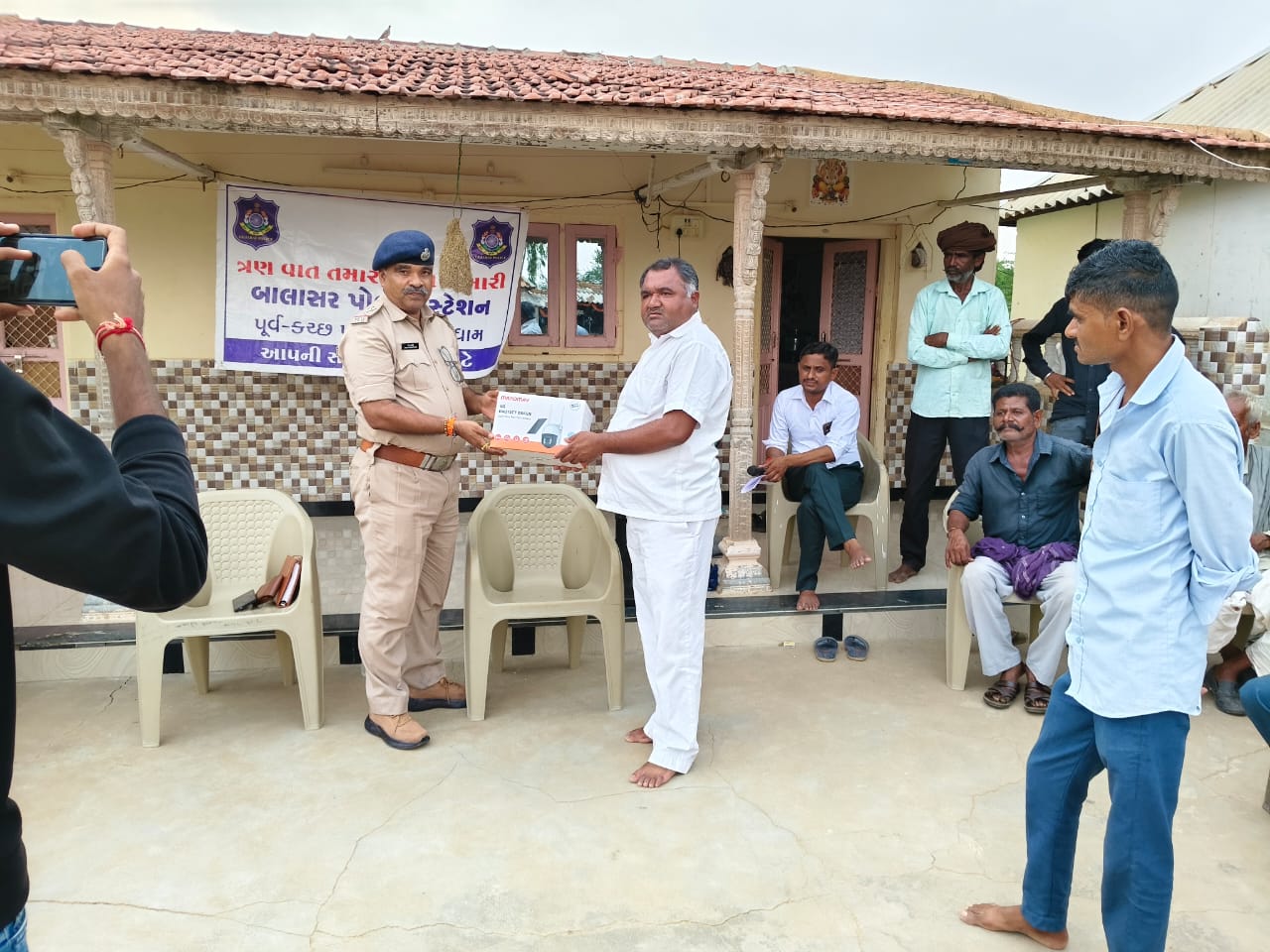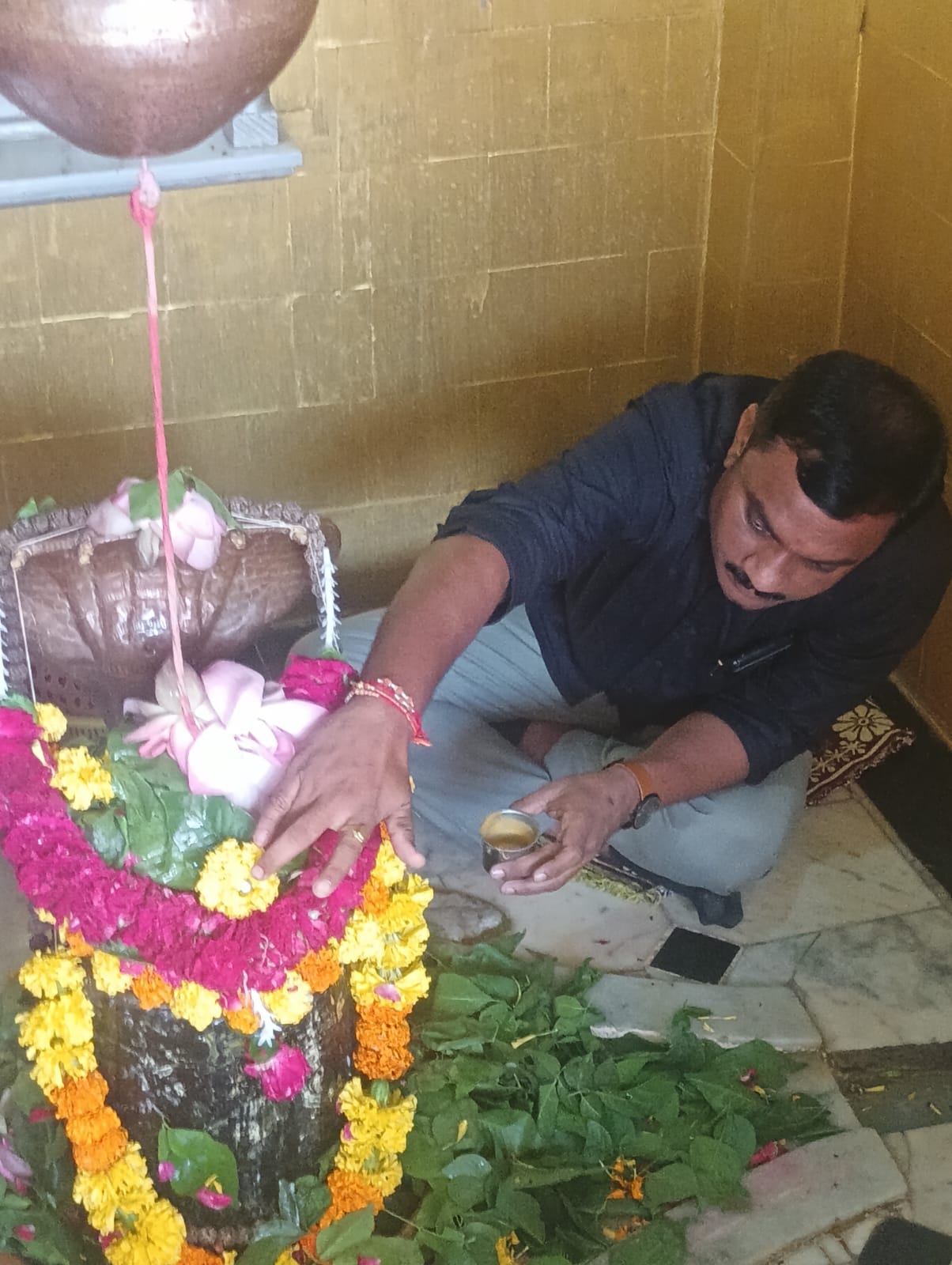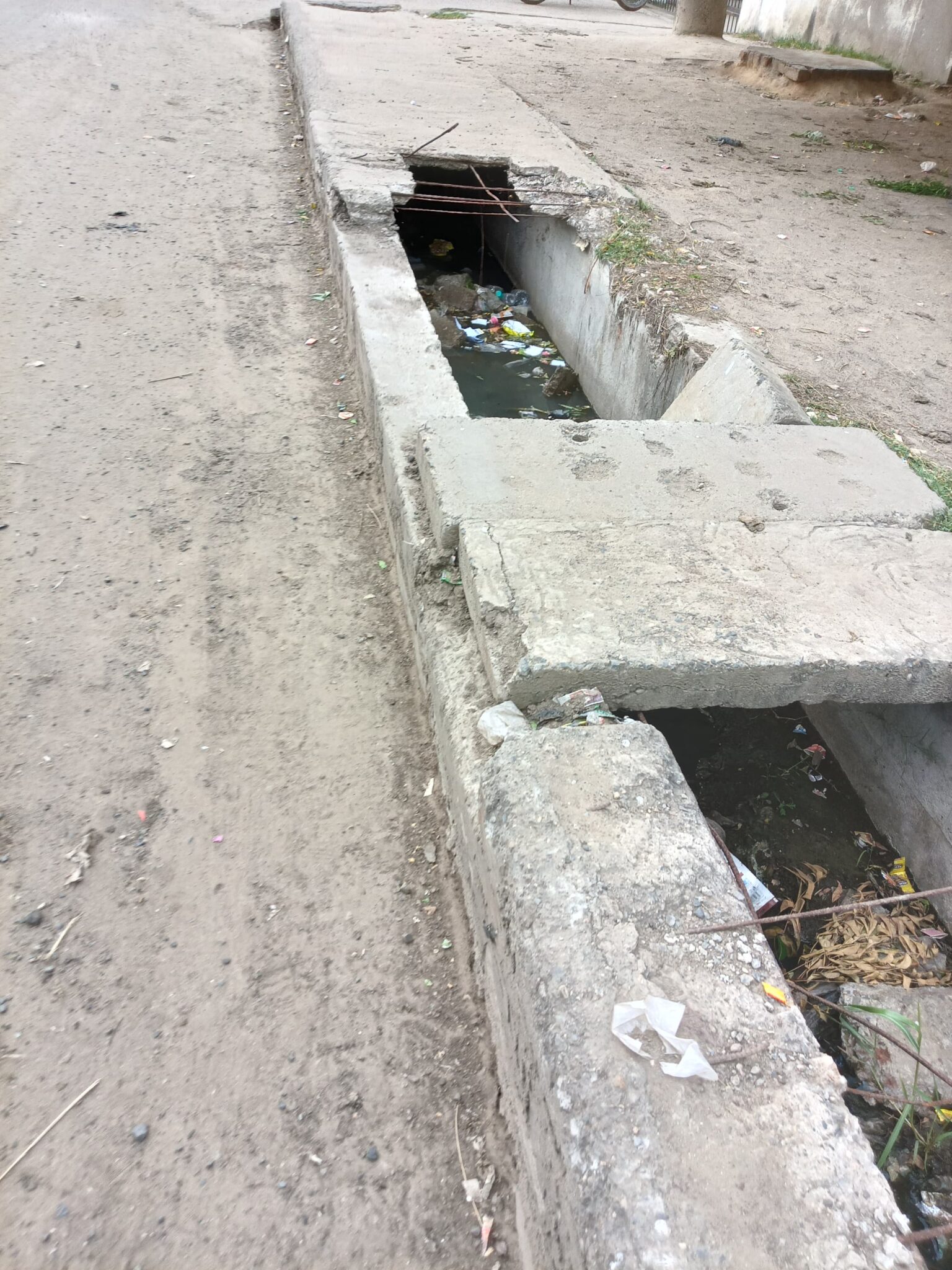Content
Immediate flushing from drinking alcohol often fades a few hours after you stop drinking or, at worst, the next day. Alcohol abuse can be very disruptive, but it’s also treatable – we can help you with this at Gratitude Lodge. We offer immersive inpatient treatment for alcohol addiction at our luxury rehabs in Long Beach and Newport Beach, California.
There is no known cure for rhinophyma or rosacea, but treatments can help manage the symptoms. Treatments like oral and topical medicines, laser therapy, or surgical interventions such as electrosurgery, cryosurgery, or laser ablation can help. Not all heavy drinkers will develop a Gin Blossom nose, and not everyone with a red or swollen nose is a heavy drinker.
Many people with rhinophyma feel misunderstood or judged based on how they look. Some even avoid getting medical help because they worry others will assume they have a drinking problem. When treatment is delayed, the condition can become more severe and harder to manage, which is why clearing up the confusion matters. Addressing these psychological and social challenges is an integral part of holistic treatment for individuals affected by rhinophyma and alcohol-related skin conditions.
Some people also take oral capsules that stop skin glands from producing oil. Because of this, people who drink a lot or increase their alcohol intake over time and also have rosacea may experience increased Sober living house side effects — including alcoholic nose. For more advanced forms of rhinophyma, the most effective way to manage thickened skin is almost exclusively through physically removing excess tissue.
The below alcohol nose pictures show the disfiguring red nose from alcohol and other conditions. While Rosacea can be triggered by heavy chronic drinking, it can also be genetic or caused by other factors. At treatment centers in Scottsdale, Arizona, professionals can provide the right care and treatment options for managing skin conditions related to alcohol use and rosacea.
Vertava Health Locations
Doctors have not been able to find a foolproof way of preventing rhinophyma. These symptoms are likely to occur on the bridge of the nose and the cheeks. At Alamo Behavioral Health, we understand that the cost of rehab Sober living house often discourages people from seeking help.
Alcoholism Nose Explanations
If you or a loved one are struggling with alcohol use or its physical effects, we’re here to help. Let Mana Recovery guide you toward a life of wellness, dignity, and self-discovery. Making consistent, healthy choices can help reduce flare-ups, slow disease progression, and improve overall skin health. Proper management of rosacea in its earlier stages is essential to avoid severe complications like rhinophyma.
People Also Read
It is essential to fully understand the patient’s concerns and consider the emotional impact of the condition on the patient. Attention must be given towards systemic treatment of rosacea and avoiding trigger factors to achieve symptoms control. Rhinophyma, also termed ‘end-stage rosacea’, is the most frequent phymatous manifestation of the disease. It starts as an accentuation of the normal tissue over the nose in adolescence and young adulthood. It is the end-stage presentation of phymatous rosacea, and may occur in patients with few or no other features of rosacea. Dermatologists recommend anti-acne treatments like topical creams to moisturize dry skin resulting from rosacea.
The Recovery Village cherry Hill at Cooper
This is a chronic skin disorder that various factors, including alcohol use, genetics, and environmental triggers, may exacerbate. Over time, the nose can develop into a more bulbous and pronounced shape. Someone who has a bulbous, swollen red nose may suffer from incorrect judgments and assumptions about their character and substance use habits. While “alcoholic nose” is not a medical condition requiring treatment, rhinophyma can be treated. The main treatment option for rhinophyma is surgery; however, there are some medications that may provide a small degree of help.
- Symptoms of Rhinophyma or drinker’s nose begin with swelling, redness and bumps on your nose.
- In the early stages of drinker’s nose, these symptoms will be mild to moderate in form.
- Widened blood vessels caused by heavy drinking allow more blood to travel to right beneath the skin’s surface, which gives the face a more flushed or red appearance.
- For more advanced forms of rhinophyma, the most effective way to manage thickened skin is almost exclusively through physically removing excess tissue.
- More severe cases should be referred to a specialist, who may consider using topical ivermectin and brimonidine, or oral isotretinoin.
- Afterward, you may participate in inpatient programs, cognitive behavioral therapy, and other resources.
Rhinophyma Treatment
Ria Health offers a proven at-home treatment to help you limit or stop your consumption of alcohol. You set your own personal goal, and we help you achieve it with coaching, medication, and other tools and resources. While drinking may not cause “alcoholic nose,” getting help to quit drinking can make the condition much easier to manage.
- Each case of rosacea is different and brought on by individual situations.
- If you are concerned you may be developing rhinophyma, speak to your doctor about available treatments and lifestyle changes that might help.
- Before beginning treatment, a physician may take a biopsy to ensure the disfigurement is not due to cancerous growth instead of simple inflammation from rosacea.
- Cryotherapy, which uses liquid nitrogen to freeze and remove tissue, is sometimes used for smaller areas of involvement.
This awareness can empower more effective management and help guide discussions with healthcare providers. Rhinophyma is typically diagnosed through a visual examination by a dermatologist. Because it presents with distinctive features—thickened nasal skin, redness, bumps—it’s usually recognizable without the need for extensive testing. Successful treatment of rhinophyma often leads to significant improvements in self-confidence, social functioning, and overall quality of life.
Systemic, medical treatment of rosacea is critical for achieving control over the condition and to keep it from worsening. Topical medications and some oral antibiotics may adequately treat early rhinophyma, with stronger medications used in severe cases. Rhinophyma, commonly referred to as alcoholic nose, is a condition in which the nose takes on a red coloration and becomes enlarged in a bulbous shape. While there is no guaranteed way to prevent rhinophyma, early intervention for rosacea is key. If caught and treated in its early stages, rosacea can be managed effectively, reducing the risk of long-term complications like rhinophyma.
Does Alcohol Worsen The Effects Of Rhinophyma?
We have a full range of treatment options, including medical detox, inpatient care, partial hospitalization programming and intensive outpatient services. We offer a state-of-the-art inpatient facility and have specialized options for trauma, including EMDR and a specialty track for veterans and first responders. Treatment for rhinophyma typically involves a combination of medical and surgical interventions to manage symptoms and improve the nose’s appearance. The primary goal is to reduce nasal deformity and restore normal function and aesthetics. Rhinophyma, often colloquially called “alcohol nose,” is characterized by a red, swollen, and bumpy nose. While alcohol can exacerbate the symptoms of rhinophyma, it is not the sole cause of the condition.















